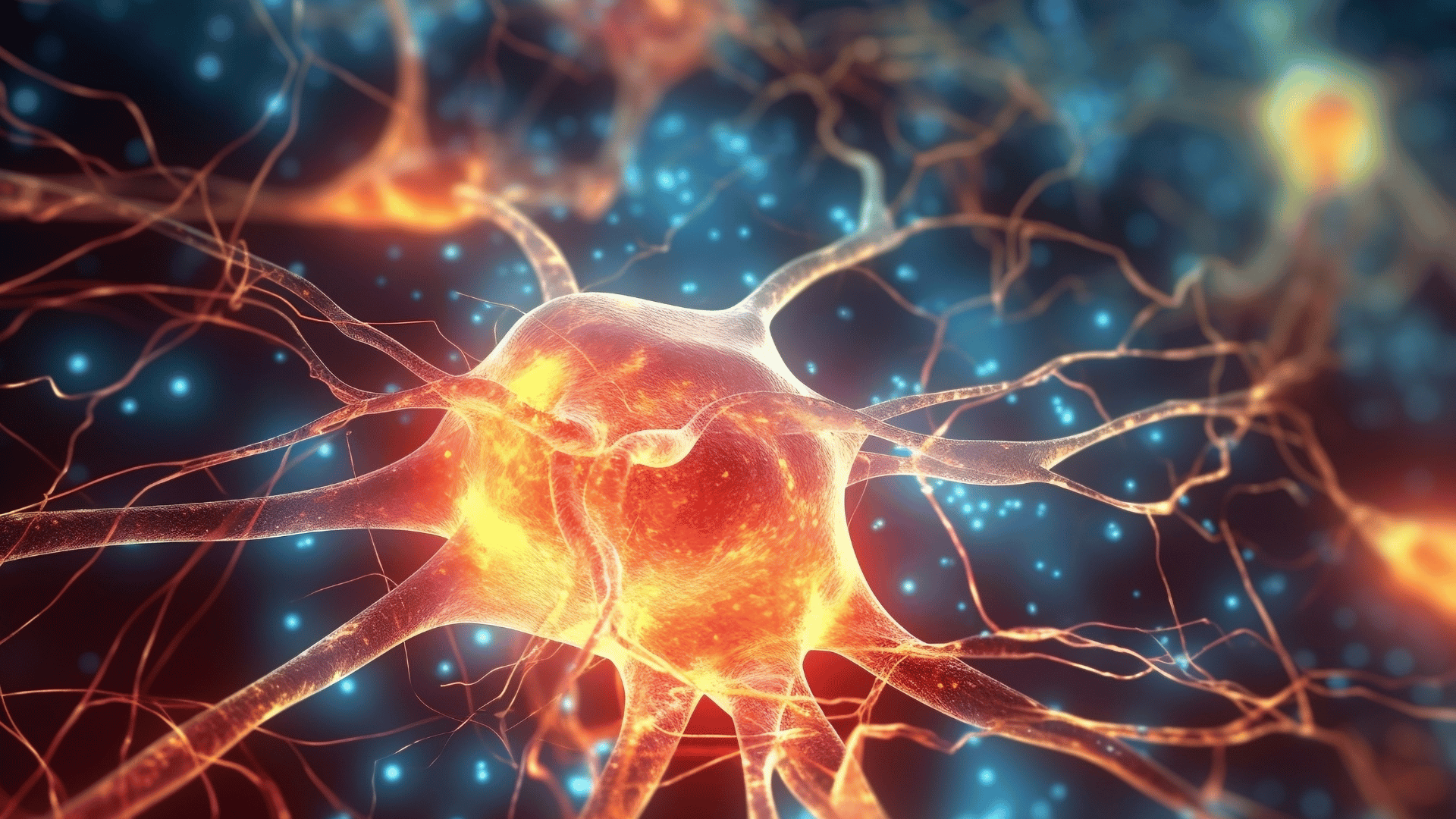In the fast-paced world of executive leadership, productivity is often glorified. The ability to execute, solve problems, and keep things moving forward is seen as the hallmark of success. But what happens when this constant state of “doing” becomes a barrier to growth?
Many executives find themselves trapped in an endless cycle of action, responding to challenges, checking off tasks, and managing teams—yet feeling disconnected from the bigger picture of strategic innovation and transformation. This resistance to change isn’t just a mindset problem; it’s deeply rooted in how the brain operates.
The Brain’s Insulin-Like Resistance to Change
The brain thrives on two primary energy sources: glucose, which is regulated by insulin, and ketones, which support brain function when glucose levels are balanced. Under normal conditions, these work together to fuel optimal performance. But when habits drive excessive insulin production—whether through diet or overloading the brain with repetitive execution-driven behaviors—a form of resistance develops.
Just as the body becomes insulin resistant when overloaded with glucose, the brain develops cognitive resistance when stuck in high-performance execution mode. The neural circuits become conditioned to prioritize immediate tasks and operational efficiency, reinforcing a “doing obsession” that makes it increasingly difficult to shift into big-picture strategic thinking, vision-setting, and creative problem-solving.
This is the paradox many CEOs and executives face: they work harder, execute faster, but innovate less. Their ability to think disruptively and adapt to changing environments becomes limited—not because they lack intelligence or drive, but because their brain has become “insulin-resistant” to transformational thinking.
The Hidden Cost of Cognitive Resistance
In today’s rapidly changing world, agility, creativity, and transformation are the new currency of leadership. Yet, many executives are unknowingly locked in outdated patterns that keep them from unlocking their full potential. The consequences?
• Diminished Strategic Vision – When the brain is overloaded with execution mode, the ability to anticipate industry shifts, explore new opportunities, and develop bold innovations weakens.
• Reduced Mental Clarity – Like an overworked muscle, a brain stuck in the “doing loop” struggles to access deep, reflective thinking, leading to burnout, stress, and reactive decision-making.
• Leadership Rigidity – Just as insulin resistance makes it harder for the body to metabolize energy efficiently, cognitive resistance makes it harder for leaders to pivot and navigate complex, high-stakes challenges with clarity.
• A Decline in Creativity and Innovation – When every neural pathway is wired for execution rather than exploration, creative insights become rare, and transformation becomes nearly impossible.
Breaking Free with NeuroExecutive Transformation
Executives who fail to recognize and address this cognitive resistance will continue to work harder while feeling stuck in the same place. Those who develop a healthier, more adaptive mind will be the ones who lead their industries forward.
That’s why I created the NeuroExecutive Transformation ACCELERATOR, a program designed to help CEOs and executives break free from the mental constraints that hold them back and develop a brain primed for innovation, agility, and bold decision-making.
Executives today don’t just need more productivity—they need a brain that works for them, not against them. The key to transformational leadership isn’t just found in doing more; it’s found in thinking differently.
If you’re ready to unlock your full leadership potential and develop the neuroscientific advantage to thrive in an unpredictable world, learn more about the NeuroExecutive Transformation ACCELERATOR today.
🚀 Discover how to transform your leadership mindset for the modern era.
Book a FREE Discovery Call today at https://calendly.com/jimrives/discovery-session






